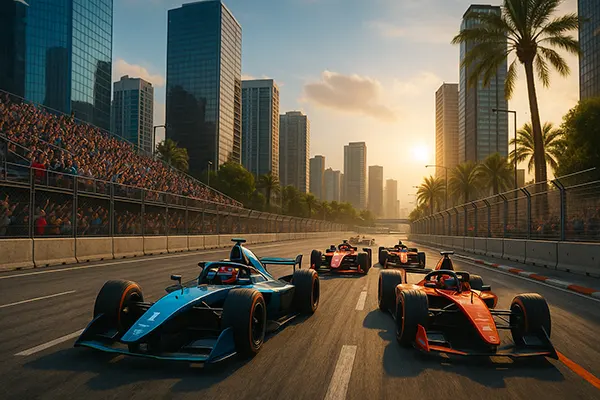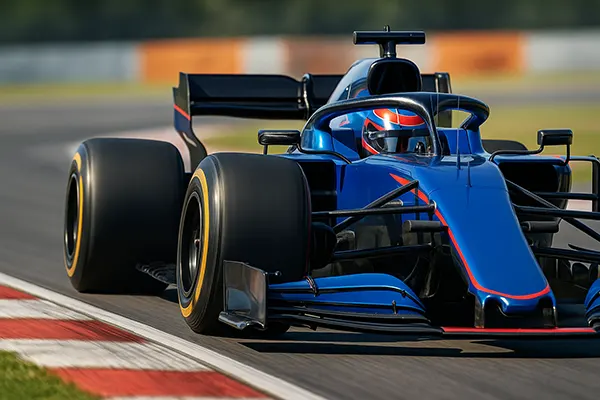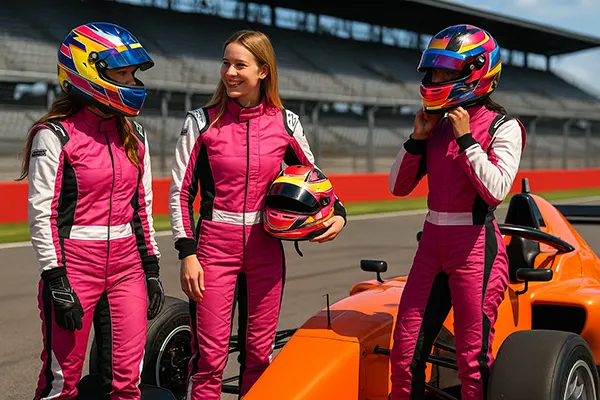Similar articles
Can Artificial Intelligence Replace Racing Drivers?
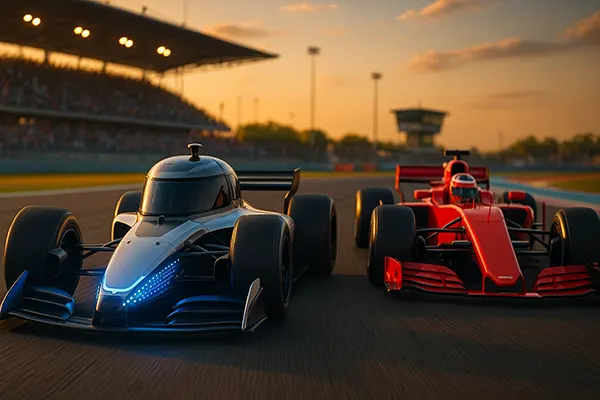
Motorsport has always been at the forefront of technological innovation, constantly pushing the boundaries of what’s possible both mechanically and now digitally. With the rapid evolution of artificial intelligence (AI), the question arises: can machines truly replace the reflexes, intuition, and bravery of professional racing drivers? This article delves into the current landscape of AI in racing, its capabilities, and whether it could realistically take over the wheel in the near future.
The Current State of AI in Motorsport
AI has already found a strong foothold in motorsport. Teams across Formula 1, Formula E, and endurance racing use machine learning to optimise race strategies, manage energy consumption, and analyse telemetry in real-time. These systems process vast amounts of data more efficiently than any human engineer ever could.
Autonomous vehicle technology has also seen major strides, with events like the Roborace series demonstrating the capabilities of driverless racing cars. These prototypes are able to navigate tracks, adjust to conditions, and race at competitive speeds — all without human intervention.
However, these advancements still come with limitations. While AI excels in structured environments and data-heavy tasks, it struggles with unpredictable variables that are inherent in high-stakes motorsport — weather changes, unexpected track debris, and psychological duels with opponents are difficult to encode into an algorithm.
Human Intuition vs Machine Learning
One of the greatest challenges in replacing racing drivers with AI lies in the concept of intuition. Human drivers develop a sixth sense on the track: they understand tyre feedback, sense grip levels, and often make split-second decisions that data simply can’t predict. This instinct, honed over years of racing, is still unmatched by any algorithm.
AI systems depend on historical data to make decisions. While this can be powerful, it limits adaptability in novel situations. Racing conditions are rarely repetitive — a damp kerb here, a misjudged braking point there — all require a degree of improvisation that humans perform almost subconsciously.
Moreover, the competitive spirit, aggression, and psychological warfare in racing are uniquely human. AI can simulate reactions but cannot truly “compete” in the emotional sense that defines motorsport rivalries.
Technological Barriers to Full Autonomy
Despite impressive demos, full AI autonomy in motorsport remains elusive. Current AI-driven cars can complete laps, avoid obstacles, and even optimise racing lines. However, these abilities are usually tested in controlled environments or with heavy restrictions on track variables.
Real-world racing involves a dynamic ecosystem: oil spills, on-track collisions, spontaneous weather changes, and interaction with other drivers. Building an AI system capable of processing all these elements in real-time and responding safely is still a technical frontier that hasn’t been fully crossed.
Safety is another critical issue. Motorsport is inherently dangerous, and trusting an autonomous system with life-or-death decisions under high speed remains a significant ethical and technical concern. Without robust fallback systems, full AI control in racing is not yet viable for top-tier competition.
Limitations of Current AI Hardware
To achieve real-time decision-making at the level of a human driver, AI systems require immense computational power. On-board processors must handle vision recognition, telemetry, GPS data, and numerous other inputs simultaneously — all with minimal latency.
In many cases, the current hardware is either too bulky or too heat-sensitive for the demands of competitive motorsport. Moreover, latency, even in milliseconds, can mean the difference between a perfect overtake and a catastrophic crash.
Battery life, cooling systems, and environmental durability also limit the practical application of full AI systems in endurance races, which can last for several hours in varying conditions.
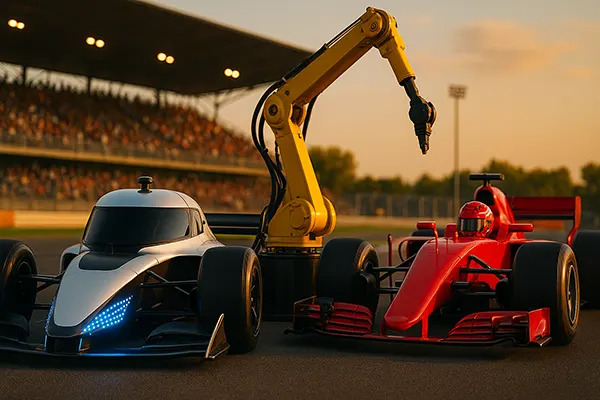
The Role of AI in Shaping the Future
While AI may not yet be ready to replace racing drivers entirely, it will undeniably shape the future of motorsport. Hybrid driver-AI collaboration is already present in data analysis and predictive modelling, helping drivers and teams make smarter decisions during a race weekend.
In the coming years, we may see more AI-driven simulators that help train drivers by recreating racing scenarios with unmatched precision. AI could also assist in safety systems, identifying threats on track faster than human spotters can react.
Additionally, AI-driven racing events may carve out their own niche, distinct from traditional motorsport, offering a new form of competition focused on engineering rather than athleticism. This will allow developers and universities to showcase technological advancements without risking human lives.
Human Drivers Remain Central — For Now
AI may one day rival human performance in speed and efficiency, but it currently lacks the personality, creativity, and unpredictability that make racing drivers iconic. The likes of Lewis Hamilton, Max Verstappen, or Fernando Alonso represent more than just lap times — they embody charisma, risk-taking, and storytelling.
Motorsport, after all, is as much about entertainment and human drama as it is about speed. Fans tune in for rivalries, emotion, and comeback narratives — none of which AI can yet replicate.
Until AI can embody not only the technical demands of racing but also the emotional essence of sport, human drivers will remain irreplaceable in the world of motorsport.

